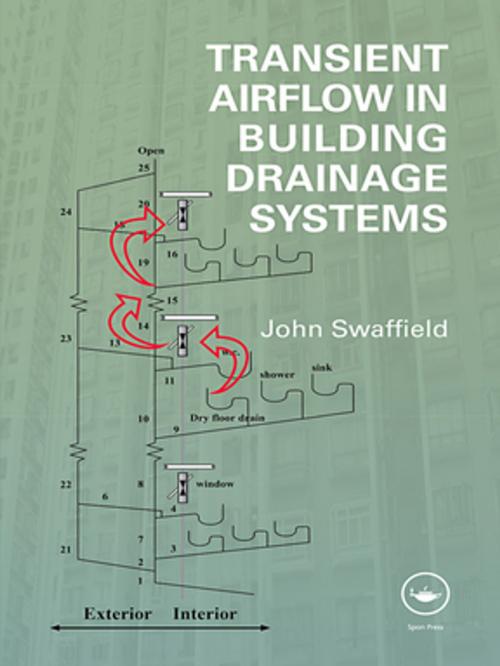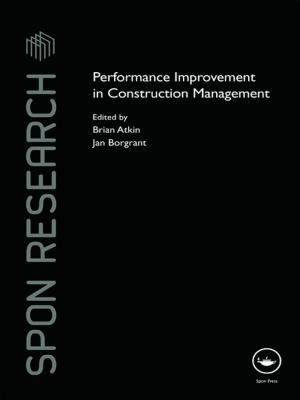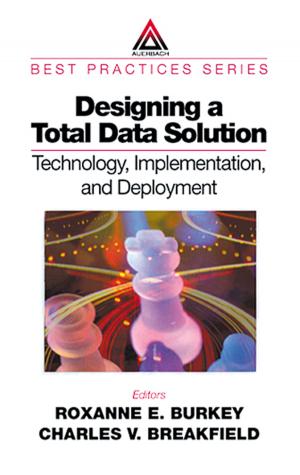Transient Airflow in Building Drainage Systems
Nonfiction, Science & Nature, Technology, Construction & Construction Trades| Author: | John Swaffield | ISBN: | 9781134006960 |
| Publisher: | CRC Press | Publication: | April 27, 2010 |
| Imprint: | Routledge | Language: | English |
| Author: | John Swaffield |
| ISBN: | 9781134006960 |
| Publisher: | CRC Press |
| Publication: | April 27, 2010 |
| Imprint: | Routledge |
| Language: | English |
Giving you the first comprehensive presentation of the ground breaking research undertaken at Heriot Watt University, with Research Council and industrial funding, this book brings a new perspective to the design of building drainage and vent systems. It provides the building services community with clear and verifiable design methods that will be robust enough to meet challenges such as climate change and water conservation; population migration to the mega cities of the developing world, and the consequent pressures of user concentration; the rise of the prestige building and the introduction of new appliances and control strategies. These all combine to make traditional codified design guidance insufficient. Many assumptions in existing codes defining the entrained airflows within building drainage vent systems cannot be theoretically supported, so designers concerned with these systems need analysis and simulation capabilities which are at least as reliable as those enjoyed by other building services practitioners.
The Method of Characteristics solution techniques which are well established in the pressure surge field are now used to provide solutions for drainage designers. The material is applied to a whole range of abstract scenarios then to a series of real world applications including the forensic modelling of the SARS virus spread within Amoy Gardens in 2003 and the refurbishment of the O2 Dome. Applications to specialised services, including underground station drainage and highly infectious disease treatment facilities are discussed and demonstrated, alongside the use of design and simulation techniques in support of product development.
Aimed at both professional and academic users, this book serves both as a design aid and as a core text for specialist masters courses in public health and building services engineering.
Giving you the first comprehensive presentation of the ground breaking research undertaken at Heriot Watt University, with Research Council and industrial funding, this book brings a new perspective to the design of building drainage and vent systems. It provides the building services community with clear and verifiable design methods that will be robust enough to meet challenges such as climate change and water conservation; population migration to the mega cities of the developing world, and the consequent pressures of user concentration; the rise of the prestige building and the introduction of new appliances and control strategies. These all combine to make traditional codified design guidance insufficient. Many assumptions in existing codes defining the entrained airflows within building drainage vent systems cannot be theoretically supported, so designers concerned with these systems need analysis and simulation capabilities which are at least as reliable as those enjoyed by other building services practitioners.
The Method of Characteristics solution techniques which are well established in the pressure surge field are now used to provide solutions for drainage designers. The material is applied to a whole range of abstract scenarios then to a series of real world applications including the forensic modelling of the SARS virus spread within Amoy Gardens in 2003 and the refurbishment of the O2 Dome. Applications to specialised services, including underground station drainage and highly infectious disease treatment facilities are discussed and demonstrated, alongside the use of design and simulation techniques in support of product development.
Aimed at both professional and academic users, this book serves both as a design aid and as a core text for specialist masters courses in public health and building services engineering.















